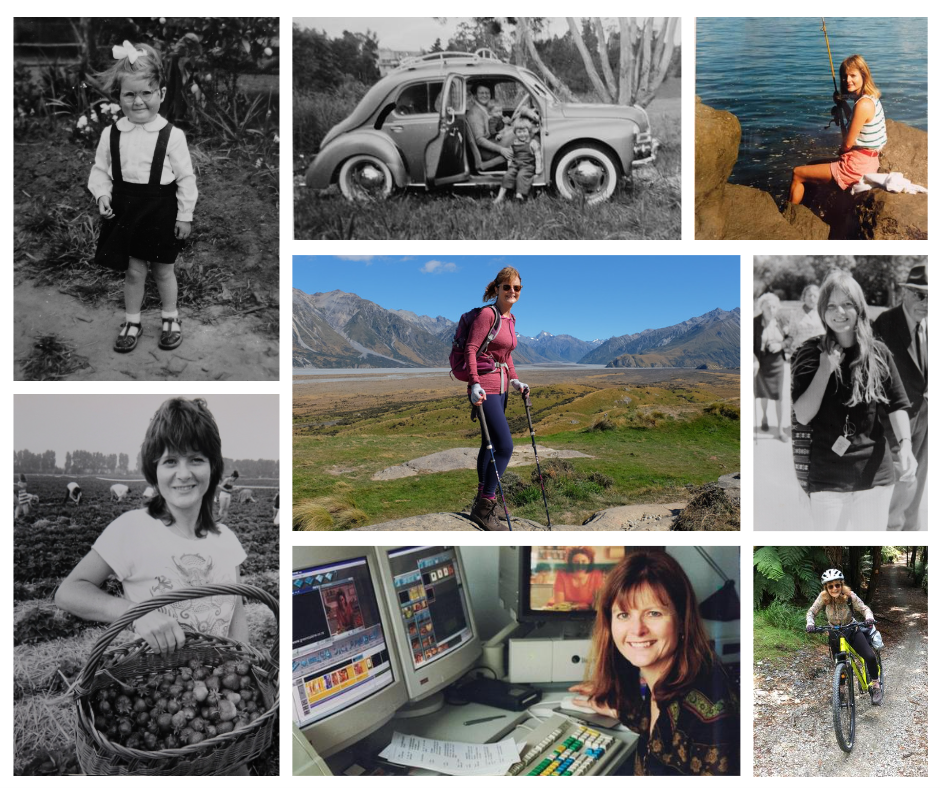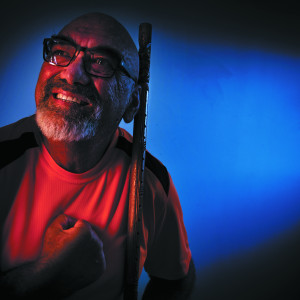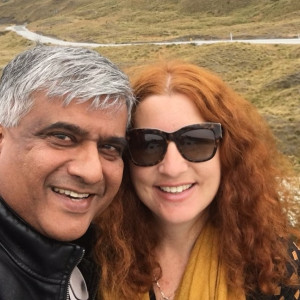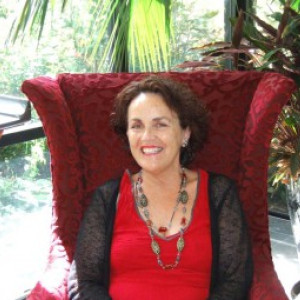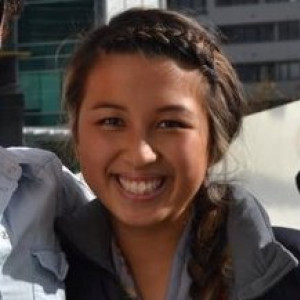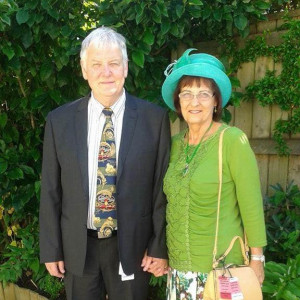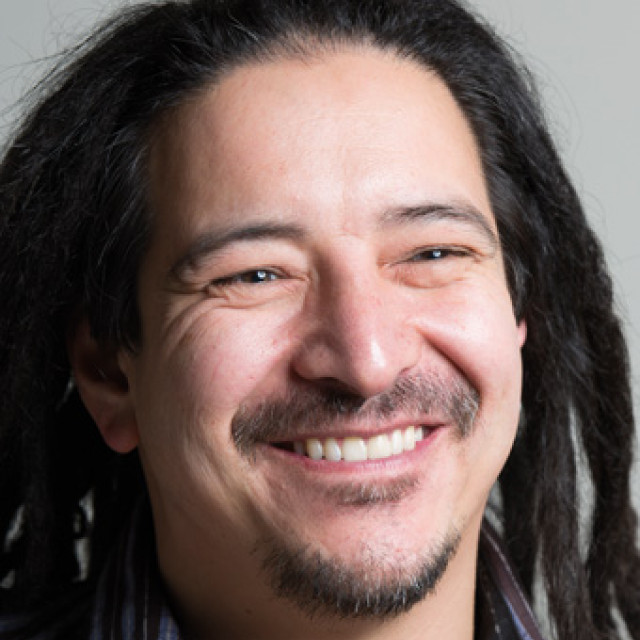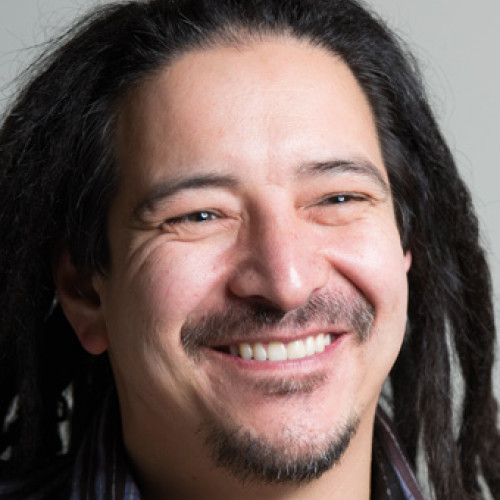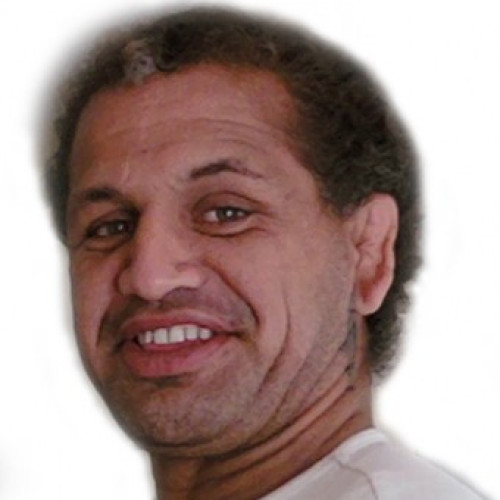I’ve always had eye problems. As a child I remember knocking things over, being teased for being ‘cross-eyed’ and failing miserably at ball games. Wearing eye patches and glasses didn’t help, so it was decided I should have my eyes straightened in Auckland.
In those days it was a two-day trip from Hawke’s Bay. Funny the things you recall as a child. The drive to Taupō was more of an event than the operation - I can still see my mother backing up her little Renault on the dusty one-lane stretches of road to let the big trucks pass.
Until I reached high school, I managed well, although I was becoming more shortsighted and developed astigmatism (a problem with the cornea that causes blurry vision). My squint returned and I had more corrective surgery, this time in Napier. I wore glasses reluctantly (what teenager wants to be called ‘four-eyes’?), but they didn’t give me very good vision.
Being gifted contact lenses when I was an exchange student in Austria was transformational. Everything looked so crisp and colourful! I think I was one of the first contact lens wearers in New Zealand.
I was 30 when I realised something was once again amiss with my eyes. Sitting at traffic lights one day, blinking into the sun, I was shocked to see not one, but multiple sets of lights even when looking through just one eye.
After numerous tests, an optometrist diagnosed advanced keratoconus, commonly called ‘conical cornea’. Put simply, the cornea becomes cone-shaped and thinner, distorting vision. After trialing many types of contact lenses, including wearing two in each eye, I was told I needed corneal grafts to save my sight.
Nowadays, there are less invasive treatments such as cross-linking which slows the progression of the condition, however, corneal transplants still remain the only option for some patients.
I had my first transplant soon after diagnosis and another in the other eye a few years later. It was unnerving wondering if donor cornea would be available. One time, my operation was postponed. While advancements mean corneal tissue can now be stored for longer, there is still a real need for donors.
Words cannot express how grateful I am to be a recipient. The gift of sight is priceless. The donors’ generosity has enabled me to lead a full life and work in areas where good vision is a must - as a video director/producer and now, a copywriter. I’ve also been able to pursue interests I love such as tramping and photography.
I still have eye issues that need managing. After 25 years, I had to have a regraft as I suffered a rejection. I’ve also needed cataract and tear duct surgery. I’m very light sensitive and, when not wearing my contact, struggle in the dark or in unfamiliar surroundings.
Miraculously, my surgeons and specialist optometrist have managed to give me near-perfect vision, thanks to the grafts, an intraocular lens (an implant for cataracts), a hybrid contact and glasses. Without the gift of cornea, life would have been very different for me.
I never lose sight of the fact that behind every donation there’s a fellow human who ticked ‘organ donor’ in their driver’s licence - as have I.
